|
The Autumn statement was finally delivered on Wednesday. It was impeccable timing. Squeezed between the Supreme Court rejection of the Rwanda option and the release of the revised numbers for net migration. It was an "Autumn Statement for a country that has turned a corner", said the Chancellor. It was a statement for an economy that had "'hit a dead end" said the Shadow Chancellor Rachel Reeves.
The Autumn statement was a message of continuity. The next stage in the process. The process of thirteen years in government. A period which encompasses five prime ministers, seven chancellors, nine business secretaries and twelve growth strategies. The economy may have turned the corner but policy at times appears to be going round in circles. The Chancellor announced his economic advisory council, set up last Autumn, has, just one year later, been stood down. It was a statement with generous gives. Pensions uplifted by 8.5%. Welfare benefits uprated by 6.7%. A near 10% increase in the living wage and a 2% cut in the employee rate of National Insurance. Plus a permanent extension of "Full Expensing". The process in which capital expenditure on plant and machinery can be fully expensed against corporation tax in the accounting year. So where has the money come from? Just six weeks ago on the 4th October, The Chancellor warned there is no money, as the OBR advised of a £19 billion deficit. Now just 44 days later, there appeared to be a surplus of around £30 billion. A £50 billion swing in just six weeks. Increasing tax revenues from Corporation Tax and Incomes Taxes have been upgraded as tax hikes on CT and freezing of allowances on PAYE have boosted revenues. Higher inflation and higher incomes have generated "fiscal drag" forcing more into higher payments on higher rates. Nominal GDP has also been upgraded with a higher GDP deflator activated. Nominal GDP is forecast to increase by 6.7% in the current year. It could well be higher, rising by 8.5% despite the low rate of real growth in the year of just 0.6%. This is important in reducing debt and debt interest to GDP ratios even as debt continues to rise. Has the Chancellor been prudent? Not really. Hunt has taken a modest improvement in the public finance forecasts and spent most of it. The spending targets will be met by unspecified fiscal restraint (spending cuts) at some point in the future. The OBR have to accept the Treasury spending forecasts as given, despite any detail in year three onwards of the forecast period. Asterisk budgeting "cuts as yet to be identified" return. Health and Welfare are likely to be the beneficiaries. Local government, further education, justice, courts, prisons, HMRC the likely losers. On full expensing, On full expensing, Hunt said, "In the Spring, I introduced full expensing for three years. This means that for every million pounds a company invests, they get £250,000 off their tax bill in the very same year. 'The CBI, Make UK, Energy UK and 200 other business leaders have said making this measure permanent would the "single most transformational thing" I could do for business investment and growth. But because it costs £11 billion a year, I made clear that I would only do so when it was affordable." "Well, with inflation halved, borrowing down and debt falling, today I deliver on that promise. I will today make full expensing permanent. That is the largest business tax cut in modern British history." Will the impact be that great? The OBR say it will increase annual investment by around £3 billion a year and a total of £14 billion over the forecast period. Not much of a pay back on a tax cost of £11 billion a year. Fortunately, the OBR suggest the cost to the exchequer is a more modest £4.5 billion a year. [EFO Table 3.1]. The anticipated uplift to investment is also unrealised in the Economic Outlook. The UK capital stock is expected to increase by just 0.2% by the end of the forecast period. Investment reacts in a payback model, not so much to the cost of capital but the anticipated cash flows from higher rates of growth. The largest business tax cut in modern British history ? Hunt said it was "the largest business tax cut in modern British history". Paul Johnson, the Director of the IFS (Institute for Fiscal Studies director) suggested that was a "tiny bit cheeky"when contrasted with the much bigger hike in corporation tax, up from 19 per cent to 25 per cent. Corporation tax revenues will increase by 23% or £40 billion over the two year period this year and next as a result of higher CT rates. Income tax receipts will increase by £27 billion this year and over £20 billion next as a result of fiscal drag. A significant offset to the £10 billion National Insurance giveaway. Has the Chancellor has been prudent! The cuts had to be funded somehow. "I am going to increase duty on hand-rolling tobacco by an additional 10% above the tobacco duty escalator." He said. The IFS suggests there are adequate risks to the forecast outlook. There is no provision for the freeze on Fuel Duties to continue. (There has been no change since 2010, a cost of £6.2 billion). It assumes business Rate Relief £2.5 billion would stop in April and cuts in public service spending for unprotected departments could be worth £20.0 billion. So What Next? The OBR are forecasting growth of 0.6% this year, 0.7% next and 1.4% in 2023. Inflation is set to average 3.6% in 2024, falling to target in early 2025. Unemployment is set to peak at 1.6 million, a rate of 4.6%. Public sector net debt is expected to peak at 93% of GDP up from 89% this year. Borrowing is set to fall in each year of the forecast, even as interest payment rises to £120 billion. Markets reacted well to the Autumn statement. Sterling closed at $1.26 it was $1.21 at the end of October. Ten year gilt yields closed at 4.23%. The Tories jumped four points to close the gap on Labour, only to lose the gain as the immigration figures were released. Speculation already begins on the election date and content in the Spring budget. There could well be scope for a further income tax giveaway. Further NI or CT cuts would be unlikely. Inheritance Tax is hardly likely to shore up the Red Wall. On the whole it was a balanced Autumn statement, undermined by the inadequate provisions on spending, diminished by the Chancellor's claims of the "Largest Business Tax Cut in Modern British History" ... Cheeky or what!
0 Comments
Latest inflation figures were released on Wednesday. Inflation CPI basis eased to 4.6% in October from 6.7% prior month. The fall was marginally better than the expected 4.7%, boosted by the adjustment to energy prices and the Ofcom cap, as we explained last week.
The effect was a near 22% drop in energy prices year on year and a 1% plus drop in the headline inflation rate. Without this the government would be unable to claim credit for "halving the inflation rate". Unable to move on to the next objective, later this week, to stimulate "growth". What exactly Sunak and Hunt have done to achieve the halving objective is largely unclear. "VAT on children's clothing, I've scrapped that. VAT on food, I have scrapped that as well. VAT on protective boots for PMQs, I have scrapped that too. VAT on flights to Rwanda under review." Who could ask for more from Downing Street? Goods inflation eased to 2.9%. Service sector inflation, remained disturbingly high at 6.6%. Insurance costs continue to rise at over 20%. Food inflation was 10%. The underlying inflation rate was down to 5.7% from 6.1%. Producer price trends remain in negative territory. Output prices fell by -0.6%. Input prices were down by almost 4%. Oil prices sterling adjusted were down by almost 10% year on year. Latest earnings Data ... So good news on producer prices and goods inflation. Not quite so good on service sector inflation. The latest earnings data present additional cause for concern. The latest data for September suggest earnings growth was 7.9% year on year from from 8.2% prior month. (based on the 3 month average). Public sector earnings were 8.6%. Private sector earnings were 7.7%. Service sector pay growth was over 8%. The jobs market is tightening slowly. Vacancies have fallen from a peak of 1,300,000 in May last year to 957, 000 in the latest three month period to October. The unemployment rate is probably running at 4.5% into the fourth quarter, with an unemployment level of just over 1.5 million. According to experimental figures released by the Office for National Statistics Office last week, the unemployment rate was 4.2% in Q3 unchanged from the prior quarter. The jobs market is tightening, but average earnings at 8% is just not compatible with a 4% inflation target, let alone the 2% inflation mandate. The Bank of England will look for a slow down in earnings growth into the early part of next year if inflation targets are to be met. So What Happens next? Inflation is expected to average 4.5% in the final quarter of the year, then slowing to 3% by the end of 2024 according to the latest forecast from the Bank of England. This assumes a steady glide path through the year ahead. Let's hope so ... On Thursday last week, the ONS released the monthly estimate of GDP growth for September. For some analysts, growth was stalling. For others growth was crawling, with some evidence of modest growth year on year.
We should call this the Schrodinger's cat economy. An economy both simultaneously alive or dead, With a government, objectively standing aside, undertaking a sort of quantum thought experiment to see what happens next. The data set was flat compared to the previous three months. Compared to the third quarter last year, growth was up by 0.7%. This, after growth year on year, of 0.6% in Q1 and Q2. Assuming no growth in the final quarter, the economy will have expanded by 0.6% for the year as a whole. This projection (0.6%) is in line with the Bank of England latest Monetary Policy Report for November. It's also in line with the latest National Institute (NIESR) UK Economic Outlook Autumn edition also released last week (0.6%). The devil, as they say, is in the detail. Manufacturing growth was up by 3% in the third quarter. Construction output was up by 2.5%. Service sector growth was up by just 0.5% as a whole. Strong growth in admin and support (5.2%) was offset by 5.2% decline in transport and storage. Strong growth in accommodation and food (2.3%) plus 3% growth in information and communications, was offset by slowdowns in financial services, professional services, insurance and real estate. (-0.8%.) It is a story of sectors, not widespread economic malaise. Car sales are up 20% year in year. Interest rates appear to have peaked. The Bank of England is projecting zero growth next year and just 0.4% in 2025. As we said last year, Why So Gloomy? The models ain't that great. NIESR have plugged in growth of 0.5% in 2024 and 1.0% in 2025. The average of forecasts from the panel of independent forecasts published monthly by Treasury is 0.5% in 2023 and 0.5% in 2024. The OBR (published in March) had a negative 0.2% out turn for the current year and 1.3% growth next year. So what do we know about growth? Not stalling but crawling. Crawling until the government gets a grip on policy. The King's speech was well articulated in presentation but stuttering in content. The Autumn statement does not offer up much hope of a boost to growth. The NIESR expectations seem reasonable for now. Stalling or Falling ... What to expect from inflation ...
The inflation figures for October will be released on Wednesday this week. The Bank of England and most analysts are convinced the headline CPI index will fall to 4.7% from 6.2% last month. Thereafter inflation CPI may hit 4.5% by the end of the year. The large fall expected is a result of the adjustments to the Ofgem energy price caps. The 25% increase introduced in October last year, is now consolidated into the twelve month comparison. In October this year a 7% reduction in the price cap is now included into the year on year comparison.The Ofgem effect could have reduce the headline rate by over 1%. The impact on the underlying or core rate will not be as dramatic. Last month the core rate fell from 6.2% to 6.1%. Service sector inflation increased to 6.9% from 6.8%. The core rate may fall below 6% but service sector inflation remains a key concern for the Bank of England and the Monetary Policy Committee. Of further concern is the trend for earnings. Average earnings at 8% is just not compatible with a 4% inflation target, let alone the 2% inflation mandate. The MPC models assume a more modest interpretation of the earnings trend. 7% growth in earnings is the figure best sought in this week's data. If the data on earnings and inflation fail to meet expectations, then Chief Economist Huw Pill's projections of a early rate cut will fail to materialise. But this was never our forecast view anyway and it is certainly not the view of the Governor ... Meeting last week, the MPC voted by six votes to three to leave base rates unchanged at 5.25%. Three members Megan Greene, Jonathan Haskel and Catherine L Mann voted to increase Bank Rate by 0.25 percentage points to 5.5%.
Interest rates will remain high for an “extended” period of time and may even have to rise again if inflation trends off track, Governor Andrew Bailey has warned. “Let me be clear, there is absolutely no room for complacency. Inflation is still too high. We will keep interest rates high enough for long enough to make sure we get inflation all the way back to the 2% target. We will be watching closely to see if further increases in interest rates are needed. But even if they are not, it is much too early to be thinking about rate cuts.” The Bank expects inflation to fall (have fallen) significantly in October, thereafter to hold below five per cent by the end of the year. “We expect inflation to take another, larger, step down in October’s data when it is published in two weeks’ time. From 6.7% in September, we think it will probably fall to just below 5%. We then expect it to remain around that level for the rest of year.” Inflation is unlikely to return to target 2% until the first quarter of 2025. The Bank published projections showing the economy will grow by 0.6% this year, then flat line next year with zero growth expected in 2024. In 2025 the economy is predicted to grow by 0.4 per cent. Major concerns include service sector inflation and wage growth. “Despite the softening in the labour market, nominal wage growth remains much higher than would be consistent with the inflation target, if sustained at these rates.” It was said. The ONS measure of annual growth in regular average weekly earnings in the private sector was 8.0% in August, higher than expected and more consistent with an inflation out turn of 4.5% rather than the 2% target. “The MPC’s latest projections indicate that monetary policy is likely to need to be restrictive for quite some time yet. How long a restrictive stance will be needed will ultimately depend on what the incoming data tell us about the outlook for inflation over the medium term.” Financial markets expect the Bank to begin cutting interest rates in the second half of next year, although some analysts think the UK’s sluggish economic performance may prompt the MPC to start loosening policy sooner. The monetarists in the camp. alarmed by the latest money supply figures. think now is the time to start cutting rates. Friedman claimed “Inflation is always and everywhere a monetary phenomenon”. M4 growth slumped to negative -3.9% in September. The 2% target could be hit much sooner than expected with a more damaging outlook for jobs and growth, if the monetary maxims hold. So interest rates may have to rise ... or may have to be slashed? The Pound trades at $1.24 this morning up from the October $1.21 low. Ten year bond yields trade down at 4.3% down from the 4.7% high last month. For the moment, the markets have decided, no cuts or hikes in prospect, rates on hold well into the New Year. In September, a majority of FOMC participants judged that one more increase in the target federal funds rate, at a future meeting would likely be appropriate. At the meeting last week, the decision was made to leave the policy interest rate unchanged. This despite strong economic growth, a strong labour market and fears headline inflation may be ticking up again.
The FOMC believes, the stance of policy is considered to be restrictive. Tight monetary policy is putting downward pressure on economic activity and inflation. The full effects of tightening to date have yet to be felt. It was time to hold and pause to monitor future developments. The suspicion also is the Fed seeks to bring stability to the bond market, especially at the long end of the curve. Ten year and thirty year bond yields peaked at 5% in October, reviving fears the Bond Market Vigilantes were saddling up once again. This morning ten years trade at 4.6%. Thirty year rates trade at 4.8%. Hardly a decisive move down but enough to steady nerves in a difficult market. "We will continue to make our decisions meeting by meeting, based on the totality of the incoming data and their implications for the outlook for economic activity and inflation as well as the balance of risks. In determining the extent of additional policy firming that may be appropriate to return inflation to 2 percent over time, the Committee will take into account the cumulative tightening of monetary policy, the lags with which monetary policy affects economic activity and inflation, and economic and financial developments. We remain committed to bringing inflation back down to our 2 percent goal and to keeping longer-term inflation expectations well anchored. Reducing inflation is likely to require a period of below-potential growth and some softening of labor market conditions. We at the Fed will do everything we can to achieve our maximum employment and price stability goals. Markets now assume no further interest rate hikes. Rates will remain on hold until the second quarter next year. Our CME Fedwatch chart suggests two or possibly three cuts may be invoked by the end of 2024. It all goes to show ... by the end of 2024 ... If the markets weren't confused before, they are definitely getting there now .... |
The Saturday EconomistAuthorJohn Ashcroft publishes the Saturday Economist. Join the mailing list for updates on the UK and World Economy. Archives
July 2024
Categories
All
|
| The Saturday Economist |
The material is based upon information which we consider to be reliable but we do not represent that it is accurate or complete and it should not be relied upon as such. We accept no liability for errors, or omissions of opinion or fact. In particular, no reliance should be placed on the comments on trends in financial markets. The presentation should not be construed as the giving of investment advice.
|
The Saturday Economist, weekly updates on the UK economy.
Sign Up Now! Stay Up To Date! | Privacy Policy | Terms and Conditions | |
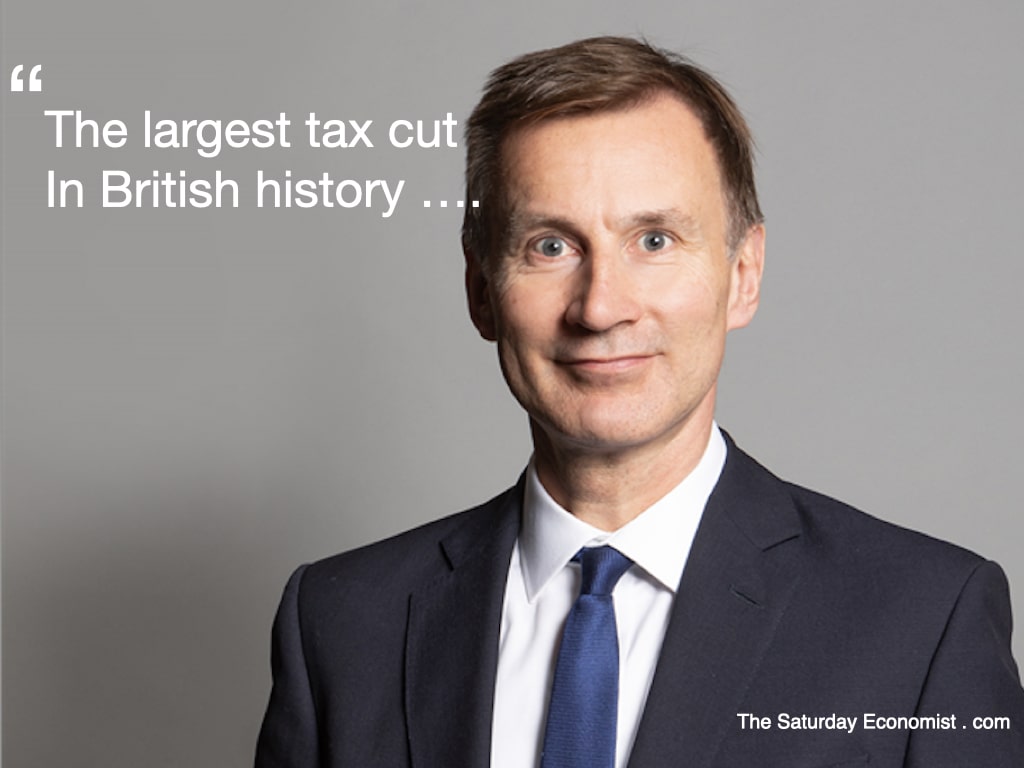
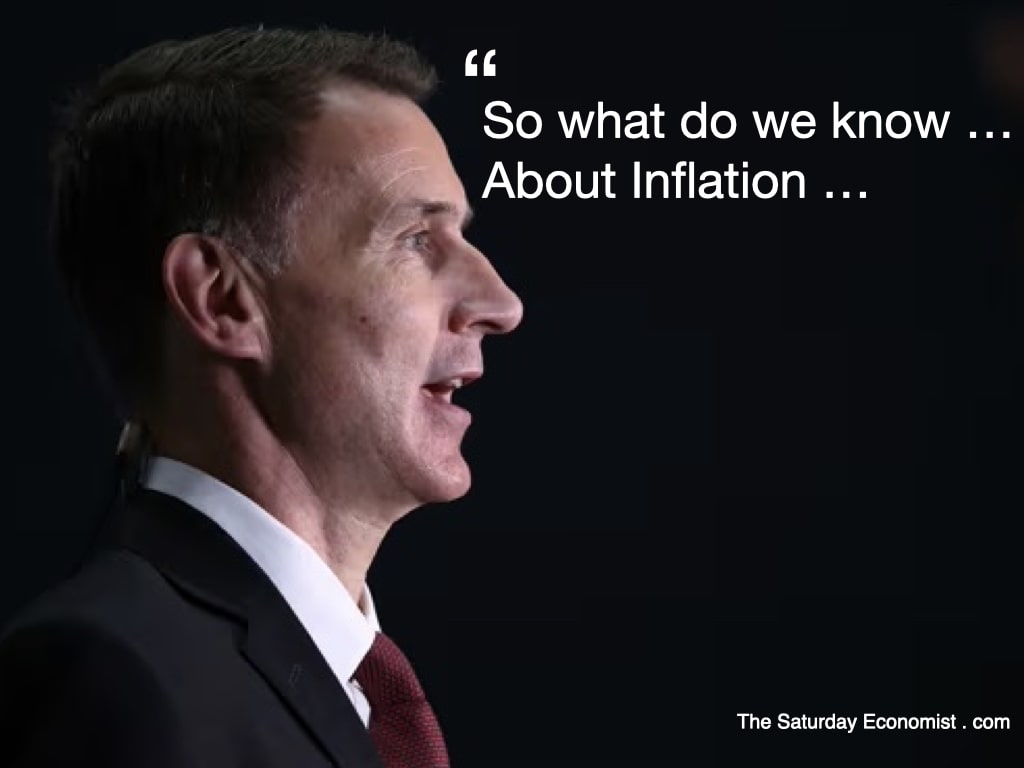
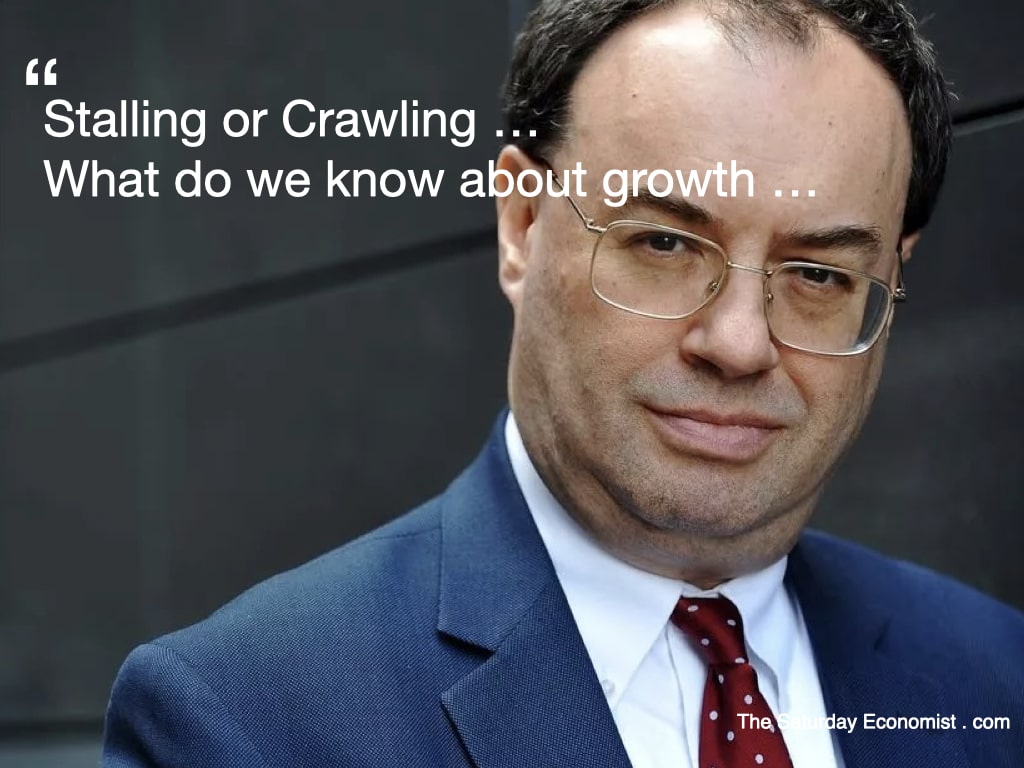
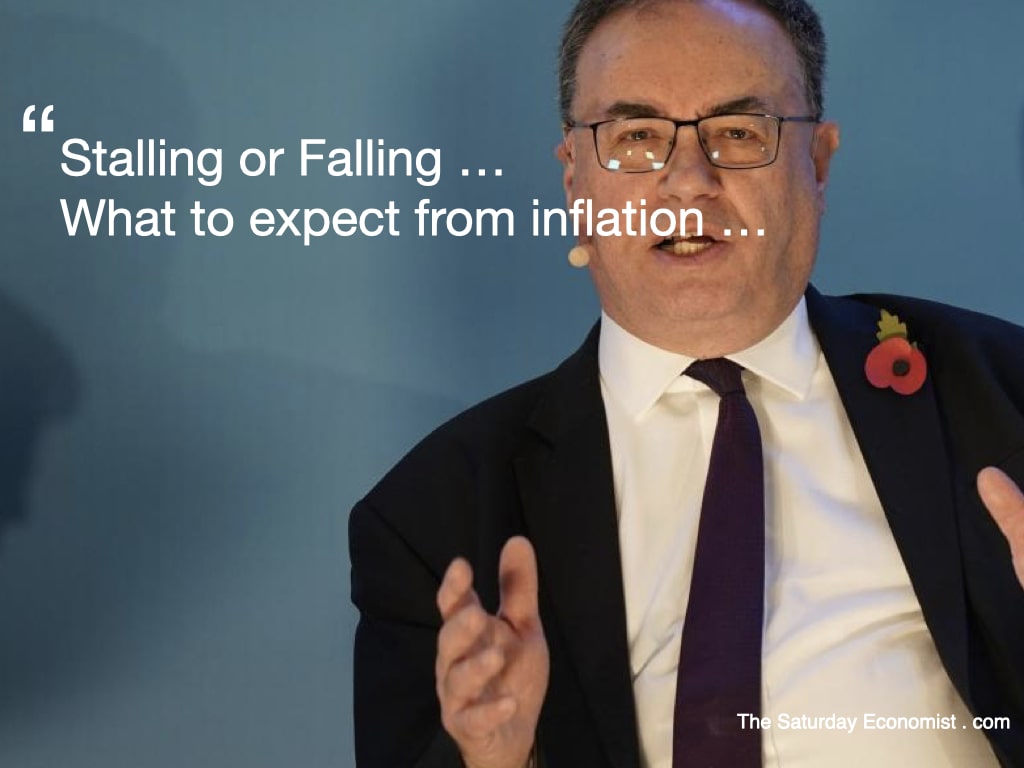
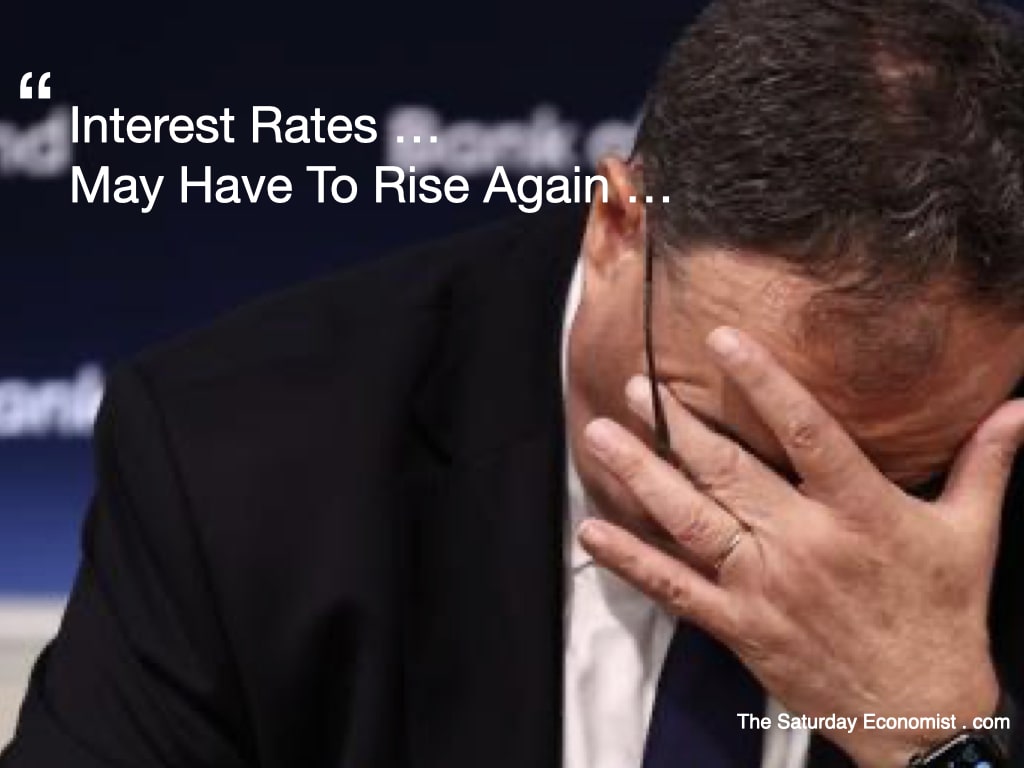
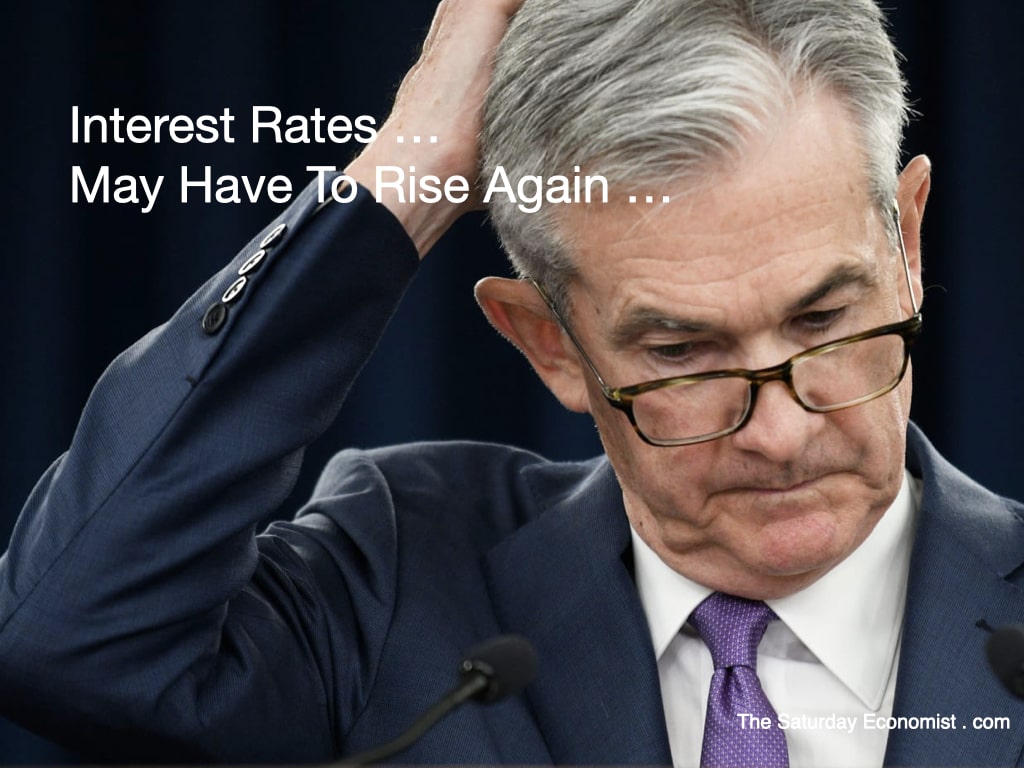
 RSS Feed
RSS Feed